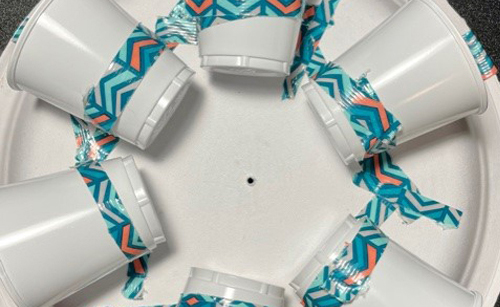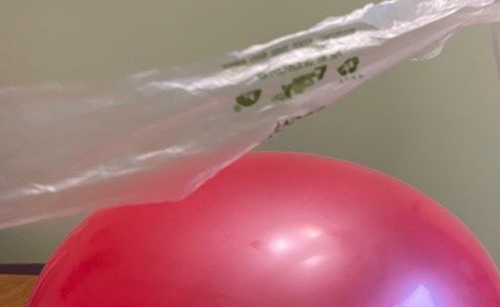When we look out over a stream, it can sometimes seem peaceful and still, but even these serene streams have so much life on and just underneath the surface. We just need to know where to look! Lean in a little closer (but not too close!) and you’ll see that the top of a river is covered in all sorts of cool critters. Some of the most important of these are benthic macroinvertebrates, or “macros,” as they are lovingly called.
So what exactly are macros? First, let’s breakdown their full name. Macro means large enough to be seen without a microscope and invertebrate means without a backbone. These little creatures play a big part in the ecosystem of a stream as a food source for fish and other vertebrates. They also breakdown organic matter and therefore recycle nutrients.
Scientists use the presence of macros to help gauge the help of streams. Different species respond differently to the presence of pollution and changes in habitat (such as oxygen change sand temperature increases). By learning more about the macros in a particular habitat, scientists can better understand how healthy a stream is and if there is pollution present that could harm animals and people.
Pollution Tolerance of Macroinvertebrates
A species that has a low tolerance is sensitive to pollution, or negatively affected by it. A species that has a high tolerance is not sensitive to pollution and experiences very few negative effects.
Dobsonflies & Alderflies (Order Megaloptera) // Very low tolerance
Stoneflies (Order Plecoptera) // Low tolerance
Mayflies (Order Ephemeroptera) // Low-to-medium tolerance
Caddisflies (Order Trichoptera) // Low-to-medium tolerance
Snails (Class Gastropoda) // Low-to-medium tolerance
Sow Bugs & Scuds (Class Crustacea) // Low-to-medium tolerance
Water Beetles (Order Coleoptera) // Low-to-medium tolerance
Flatworms (Class Turbellaria) // Medium tolerance
Aquatic Earthworm (Class Oligochaeta) // Medium tolerance
Craneflies (Order Diptera) // Medium tolerance
Leech (Class Hirudinea) // Medium tolerance
Clams & Mussels (Class Bivalvia) // Medium tolerance
Mater Mites (Class Arachnids) // Medium tolerance
Crayfish (Order Decapoda) // Medium tolerance
Dragonflies (Order Odonata) // Medium tolerance
Water Boatman & Backswimmer (Order Hemiptera) // Medium tolerance
Midges (Order Diptera) // High tolerance
Blackflies (Order Diptera) // High tolerance
Macroinvertebrates Field Guide
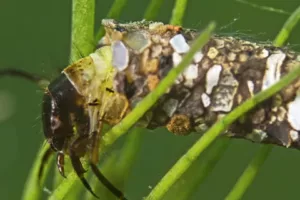
Caddisfly
Halesochila taylori
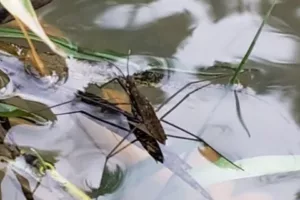
Common Water Strider
Aquarius remigis
photo credit: Gavin Slater
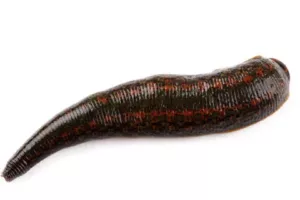
Leech
Rhynchobdellida
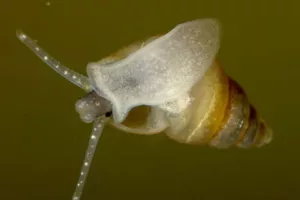
New Zealand Mud Snail
Potamopyrgus antipodarum
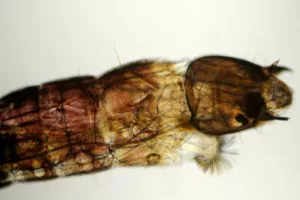
Non-biting Midge
Chironomidae
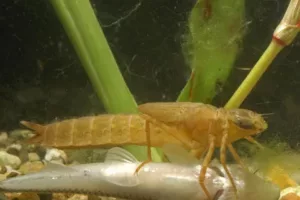
Pale Snaketail Dragonfly
Ophiogomphus severus
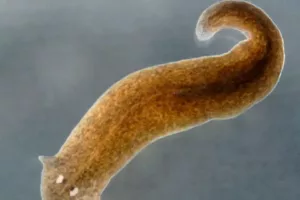
Planaria
Turbellaria
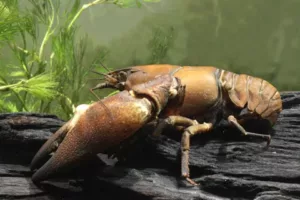
Signal Crayfish
Pacifastacus leniusculus
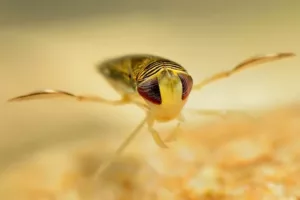
Water Boatman
Sigara sp.
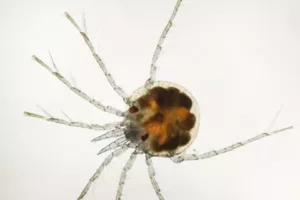
Water Mite
Hydrachnidia

Western Pearlshell Mussel
Margaritifera falcate

